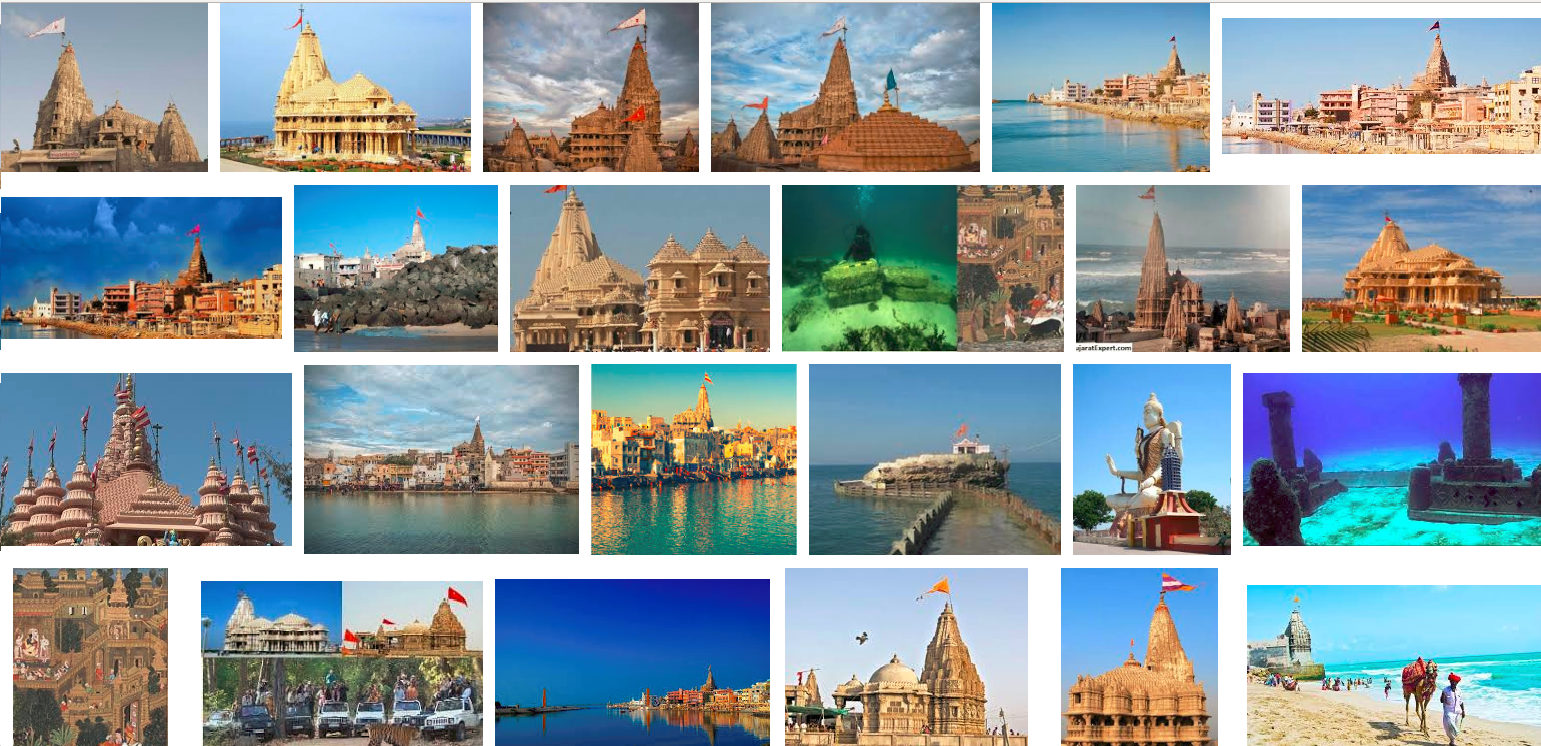Followers
Saturday, April 27, 2024
Wednesday, April 17, 2024
Thursday, March 28, 2024
Sunday, February 25, 2024
Monday, December 25, 2023
Wednesday, December 6, 2023
Bhoja
Bhoja Dynasty that ruled Goa from at least 3rd century AD to the 6th century AD are sometime identified as descendants of the Yadavas, and are also mentioned in Bhavishya Purana.[
18000
The Surasena Yadavas, consisting of the eighteen younger branches of the Yadavas with their 18000 brothers and cousins, arrived at the conclusion that even if they fight continually they still could be unable to do anything unto Jarasandha even in 300 years. They fled from Mathura, towards west. They rebuilt the old town of Kusasthali(see:Cortalim), and renamed it Dwaraka. It was a Yadava stronghold. Yet, due to the oppressions of Jarasandha, Yadavas where obliged to migrate further south, to the mountains of Gomanta, measuring three Yojanas (a unit of length) in length. Within each yojana were established, 21 posts of armed men. And at intervals of each yojana were 100 gates with arches which were defended by valiant heroes engaged in guarding them. Innumerable Kshatriyas invincible in war, belonging to the eighteen younger branches of the Yadavas, were employed in defending these works. (2,14)
Friday, December 1, 2023
Thursday, November 2, 2023
Monday, August 28, 2023
Sunday, August 6, 2023
Kali
One time Narada saw that with the coming of the age of Kali the living beings had fallen into great suffering. He began to worry about how they could be delivered and the principles of dharma restored. Thinking in this way, he decided that only Krishna's descent into this world would deliver the fallen souls and restore the principles of religion. Wanting to appeal to Krishna to descend as an avatara, he set out for Dwaraka dham. At that time, Krishna was staying in the palace of Sri Rukmini devi.
Just then, upon learning that Sri Krishna would soon appear on earth in a golden form, with the golden luster and devotional mood of Radharani, Rukminidevi became deeply troubled. Feeling separation from the Lord, she fell at the lotus feet of Krishna and began praising the qualities of Sri Radha - whose devotion was so glorious that Krishna wanted to honor her by assuming her luster and mood. At that time Narada entered the room. He explained to Krishna the reason for his trip - that he wanted Krishna to descend to the earth planet in order to deliver the fallen souls. At that time, Krishna revealed to him how in the future he would appear as the son of Sacidevi and Jagannatha Mishra in Nabadwipa dham: in a golden form with all his transcendental associates.
Having seen that golden form revealed, Narada was overwhelmed with ecstasy. Constantly thinking of this golden form and the Lord's plans to appear in Navadwipa dhama as Sri Gauranga, Narada the best of munis went to visit Naimisharanya, all the while singing the glories of the Lord. There, in answer to Uddhava's inquiries about the welfare of the living beings, he explained how in Kali-yuga - the best of all ages because of Sri Gauranga's advent - Krishna would appear in a golden form as Sri Gauranga and perform the kirtan of the holy name of Hari. Narada told Uddhava how the Lord would come to establish the Sankirtana of the holy name of Krishna as the yuga-dharma, the religious principle for the age of Kali. Narada explained the glories of kirtana.
Thereafter, Narada Muni related to Uddhava the discussion that had previously taken place when he had gone to Kailasa and visited Lord Shiva, the best of Vaishnavas. There, Narada and Parvati discussed the glories of Mahaprasada, having heard of the glories of Mahaprasada from Narada, Parvati had performed 12 years of Lakshmi-seva. By her mercy, Parvati got some of Laksmidevi's own mahaprasada and also gave shiva a small bit of that prasada. Not able to tolerate the dancing of Lord Shiva upon obtaining this Mahaprasada, the earth came before Parvati, begging her to give the Mahaprasada of the Vaishanvas to all the jivas. With this proposal, Parvati explained how the Gaura-avatara would come in kaliyuga and distribute Mahaprasada to all the fallen souls.
After this, Narada went to Brahma and discussed the Gaura-avatara with him. Brahma, the creator, at that time explained to him the essential subject of the Shrimad Bhagavatam, and showed him how the version of the Bhagavatam supported the gaura-avatara. After this, Narada began wandering here and there. As he went from place to place he became concerned about he sufferings of the jivas. As he was worrying about the living entities in this way, he came near Jagannatha Puri. There he heard a divine voice discussing the avatara of Jagannatha. On the order of the divine voice he went to Puri. From there, the Lord ordered him to go to Goloka. First he came to Vaikuntha. After this, he arrived in Goloka, where he saw many pastimes of the Lord. There he saw the Lord in his golden form as Sri Gaura, and fainted in ecstasy. After this, he went all over the universe, informing all the gods of the news.
In Shwetadwipa he saw the supernatural pastimes of Balarama, the very figure of service. After this, all the demigods began taking birth on earth. As previously mentioned by Krishna in his conversation with Rukmini, the Lord, along with Satyabhama, Rukmini, and all his eternal associates from the spiritual world came with the luster and mood of Radharani in a golden form as Sri Gauranga. He came to spread the sankirtan of the holy name of Krishna.
Balarama came as Nityananda, Shiva came as Advaita Prabhu, and other great souls descended as his other eternal associates like Murari, Mukunda, Shrivasa, Raya Ramananda, Ishvara Puri, and Madhavendra Puri. Locana Dasa Thakur concludes the chapter by praising the glories of his guru, Sri Narahari Sarakara Thakura, and his nephew Raghunandana Thakura.

